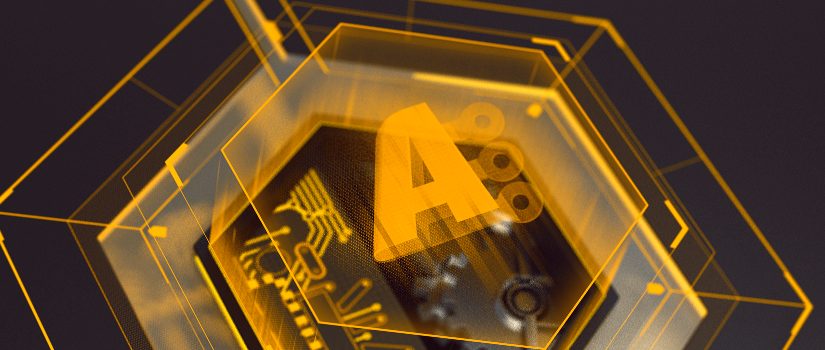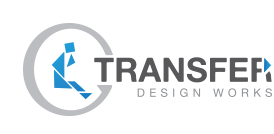
-
11 Nov 2015
-
Altium releases major productivity-focused update to Designer 16
Altium Limited has released a major update to their flagship PCB design tool, Altium Designer 16. This update expands the Altium Designer platform to include several new features for enhanced design productivity and automation, allowing engineers to create complex, error-free designs in less time.
Altium Designer 16 is available now as a free upgrade for all existing Altium Subscription customers, and can be accessed via the Altium Products Download page.
Altium Designer 16 includes several new productivity and automation-focused enhancements, allowing engineers to design even the most complex board layouts in significantly less time with the following features:
- 3D models of your component allow you to accurately test the fit of your board and the enclosure. But why do you have separate work flows for the footprint and 3D model of the same component? From the same wizard you use to create an IPC compliant footprint Altium Designer can also generate a highly detailed 3D STEP model of your component at the same time. Now you have created both: the footprint and a 3D model all at once! Embed this STEP model in your footprint or save it externally to share it with others.
- With Altium Designer it is now easy to avoid any manufacturing delays of your PCB with the Alternative Part Choice System. Choose backup parts from your most trusted suppliers directly in your BoM. When a key part isn’t available, the Alternative Part Choice System intelligently substitutes the next available part, allowing you to move through your manufacturing and procurement process without any delays.
- With Visual clearance boundaries it is easy to visualize and understand the impact of your routing decisions in real-time. Design the most accurate, compliant and error-free board possible by seeing clearance boundaries between the objects and components on your PCB while routing. Visual indicators for constraints allow you to be at your most sufficient without any guesswork how to route the tightest spaces of your board layout.
- As a PCB designer you are constantly under pressure to deliver the most advanced technologies in ever smaller form factors. The Component placement system enables you to easily place and organize components on your board with intelligent alignment options. Easily create the most advanced PCB designs by dynamically placing, dragging and pushing components that snap-to alignment with the related objects on your board. In addition Altium Designer makes component swapping really simple and a lot more efficient.
- Designing for high-speed applications requires the most precise calculations and constraints. When it comes to designing for DDR3 and DDR4 memory you’ve got an even smaller margin for error with tightly packed traces and compact package sizes. With Altium Designer it’s easy to design the most accurate and error free high-speed board layout with the Technology-aware xSignal Wizard. The Wizard guides you through the process of creating xSignal classes for your specific application requirements. With the included configuration for matched length and differential pairs design rules you never have to worry about staying in compliance with your design constraints.
- In high-speed designs one important element in routing is matching length. This includes the delay that comes from the bond-wire-to-die-connection, which is usually referred to as the Pin-package delay. In order to mitigate this delay in your design, Altium Designer added a new field called: Pin-Package length. This can be defined as an attribute of the schematic pin. Al device manufacturers should be able to supply the package delays, which will be specified either as a picosecond delay, or as a length. The Pin-Package length will be automatically transferred to the PCB and included in the length calculations.
- With the Net color synchronization you can now highlight nets with colors in your schematic and push the changes to the PCB and vice versa. This new highlight feature will assign colors to the entire net instead of just coloring the selected wire. The color highlighting is included in the ECO process when you’re performing a PCB update from your schematic and the other way around. Once the ECO is generated and you accept the changes, the colors of the nets in either your PCB or schematic will be changed.
For more information, click here
